Don’t you think finding originality is a constant challenge in photography, where each snap seeks to capture a moment in time and create feelings? Well, the field of photography offers a variety of techniques that may be used to turn commonplace images into remarkable visual narratives. It is as diverse as it is compelling.
The art of using reflections is one method with tremendous potential for producing attractive images. In the post, we’ll go into reflections and provide a thorough guide of photography using reflection, which they can use to take some unique photos. Not just this, reflections have the inherent potential to elevate remarkable compositions by adding depth, symmetry, and an air of mystery. They allow photographers to capture both the main subject and its reflection.
Let’s have a look at some of these photographs using reflection.
Ways to Unlock Photography’s Potential with Reflections
Finding the potential of reflections is a challenging assignment for a beginner. However, if you have an aesthetic vision and the will to study, you can embark on a journey that will advance both your technical knowledge and your ambition to learn.
Let’s look at reflection-based photography ideas for beginners to assist in their new journeys.
1. Accept Natures Reflections
For photographers looking for reflections, nature, in all its beauty, offers a plethora of playgrounds. Water bodies, such as calm ponds, meandering rivers, or quiet lakes, serve as nature’s mirrors, efficiently reflecting the surroundings, scenery, trees, and even the limitless sky. Beginners should start by looking for calm water surfaces when there is silence. A low angle will allow you to capture the subject and its mirrored image. The resulting image successfully combines reality and reflection, immediately grabbing the viewer’s attention.
2. Sync Up with Symmetry
Reflections offer a stylish method to leverage the influence of summery, a potent visual technique in photography. Look for naturally symmetrical scenes that may be split into two halves. Make compositions that offer balance and intensify the topic’s impact through its mirrored reflection by carefully placing your subject within the frame.
3. Explore Urban Reflections
Well, reflections are a brilliant way to capture the contrast of things seen in the concrete jungles of cities. Skyscraper glass facades, modern architecture, polished surfaces, and leftover water pools from rainstorms are excellent subjects for imaginative photographic compositions. Explore the urban environment in search of reflections that blend with reality and invite viewers to discover the point at which the natural and artificial worlds collide.
4. Small Reflective Treasures
Reflections don’t always have to be found in enormous bodies of water or tall glass buildings. Sunglasses, mirrors, or metallic surfaces are small, commonplace items that can produce excellent outcomes. Place these items in your frame cleverly so that they interact with the main subject fascinatingly. The resulting reflections may distort or modify the subject, adding a surrealistic touch to your pictures.
5. Abstract Reflections
Explore abstract reflections to push the limits of creativity. It involves photographing subjects distorted on textured or uneven surfaces. The resulting photos nearly seem to be painted by an artist’s brush, blurring the boundaries between reality and abstraction. These photos encourage a dynamic visual experience by inviting viewers to decipher the subject from its captivating abstract reflection.
6. The Power of Dim Light
In the dim light, reflections take on an alluring appearance. City lights and other artificial sources can dance across water surfaces on the canvas of the night. The dramatic effects of the interaction between darkness and illumination can produce photographers that convey mystery and intrigue. This method draws attention to the subject and accentuates the fascinating interaction between light and reflection.
7. Emotional Expression in Portrait Reflections
Reflections can add a fresh perspective to portrait photography by portraying the subject’s inner contemplation and physical appearance. Try putting your subject close to reflected materials, such as mirrors or calm water features. This method gives the portrait an air of openness and intimacy, enabling viewers to relate to the subject deeply.
8. Embrace Your Flaws
Don’t be afraid of flaws when attempting to capture reflections. Because those imperfect reflections may give your picture personality and story. These flaws are narrative devices that draw viewers in and pique their interest in the story concealed behind the reflection.
Conclusion
All in all, reflections are a diverse and effective tool for photographers, providing a window into artistic exploration and a means of producing pictures that connect with viewers on various levels. The path into the world of reflection photography is one of experimentation, education, and creativity by embracing nature’s mirrors, engaging with urban environments, and exploring the worlds of symmetry, abstraction, and emotion.
As you begin this thrilling journey with the best photography tips, remember that reflections’ power rests not only in their capability to improve your technical proficiency but also in amplifying the singularity of your viewpoint.
Grab your camera, venture out into the world with a fresh perspective, and allow reflections to lead you to develop images that genuinely fascinate and connect with your audience.
Frequently Asked Questions
How Can I Regulate How Healthy Reflections Appear in My Pictures?
Reflection quality is frequently influenced by elements, including the light’s angle, the surface it reflects off of, and the reflective material’s clarity. Try various lighting setups and viewing angles to get the required reflection quality.
What Types of Post-Processing Methods Can Improve Reflection Photos?
Reflection images might have a more significant impact thanks to post-processing. To emphasize the reflected feature and produce a more engaging image, use techniques like increasing contrast, boosting colors, and adding subtle vignettes.
How Can I Make My Reflection Photos on Social Media Stand Out?
Focus on developing a good composition, capturing feelings or tales, and ensuring the reflection contributes to the broader story of the photograph if you want your reflection shots to stand out. To increase exposure, use pertinent hashtags and interact with photography communities.

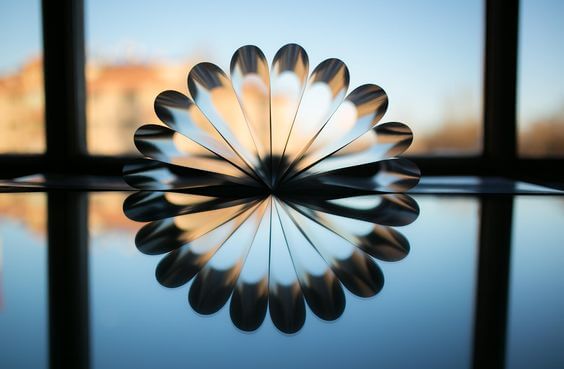
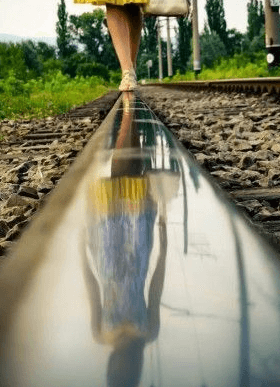
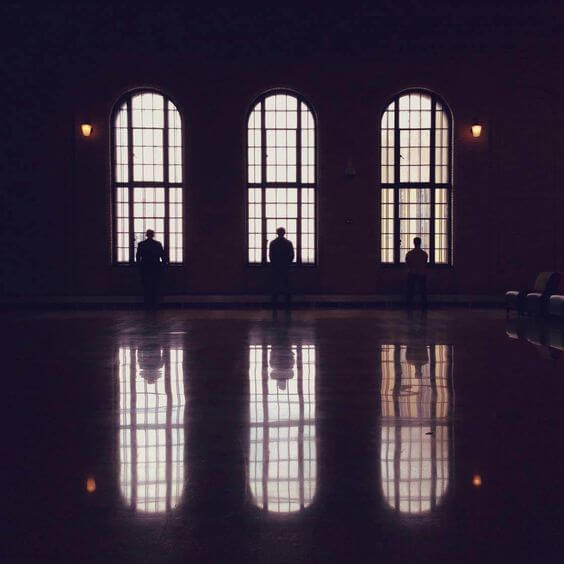
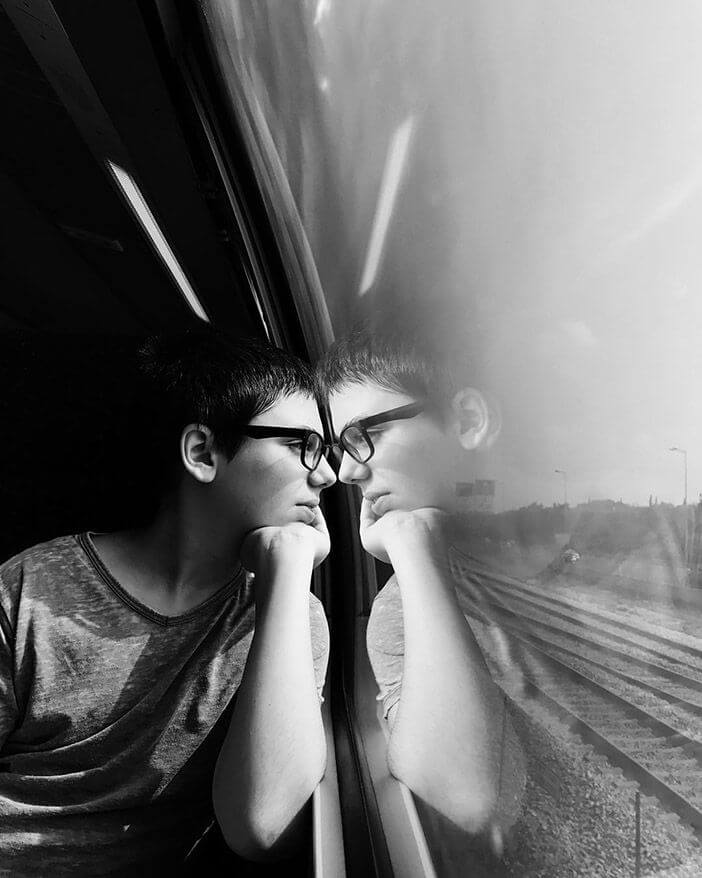
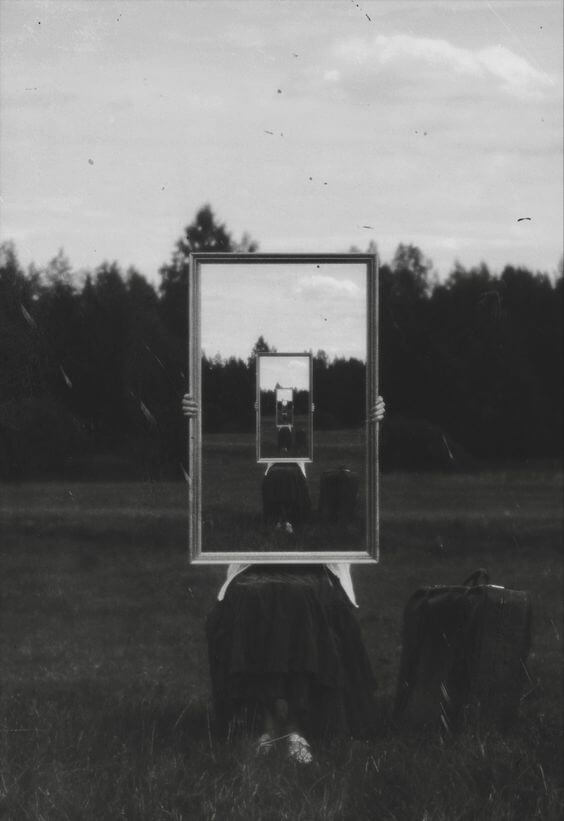
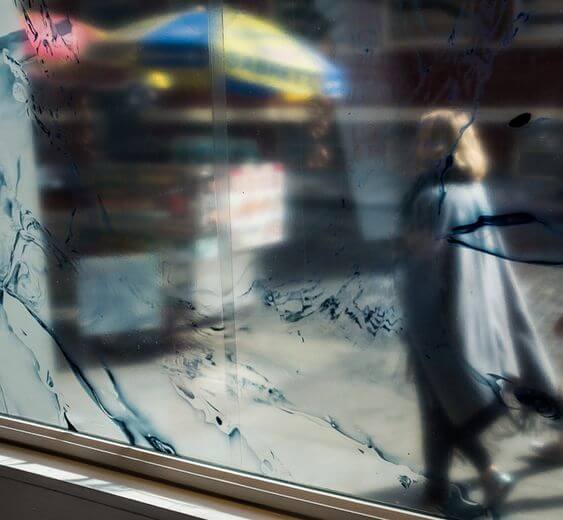

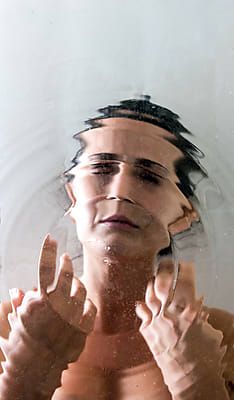
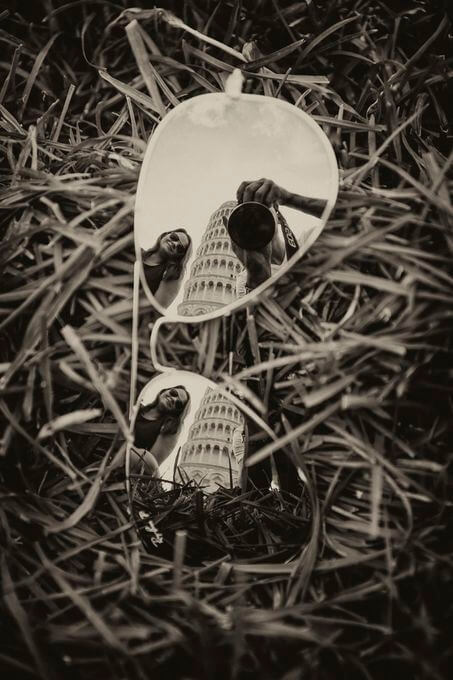

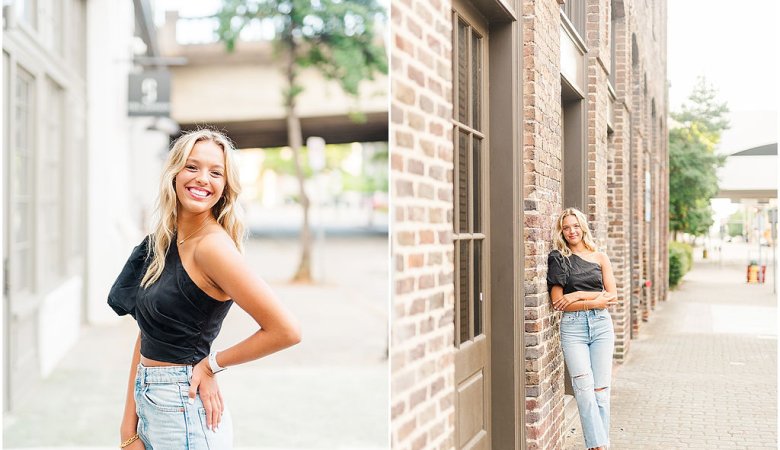

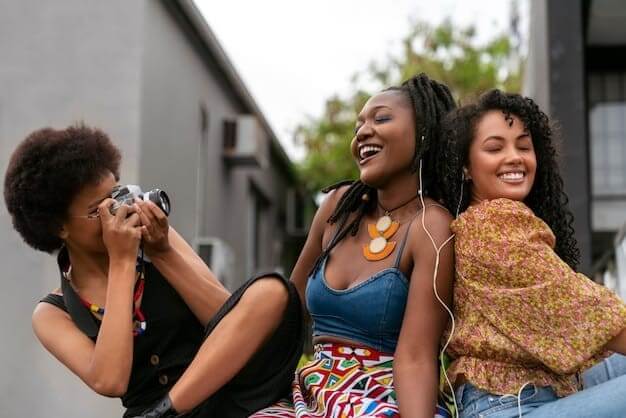
Leave a Reply